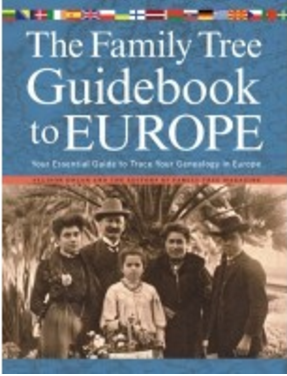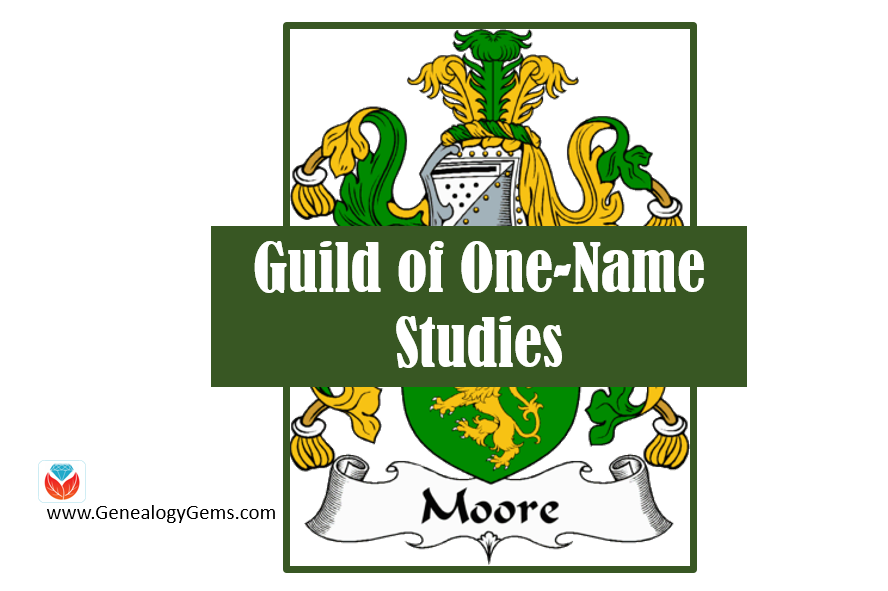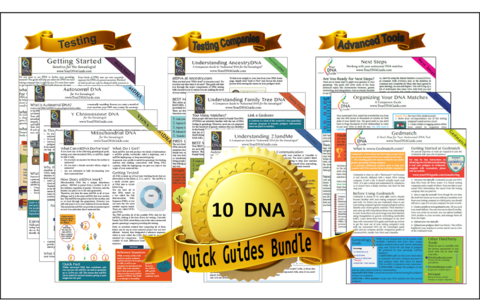Five Disbanded Irish Regiment Records in New and Updated Collections
This week in new and updated genealogical collections, enlistment books for five disbanded Irish regiments of the British Army are now available online. Additional collections include records for the Scots Guard, English parish records, Australian funeral notices, New Zealand passenger lists, and Pennsylvania church records.
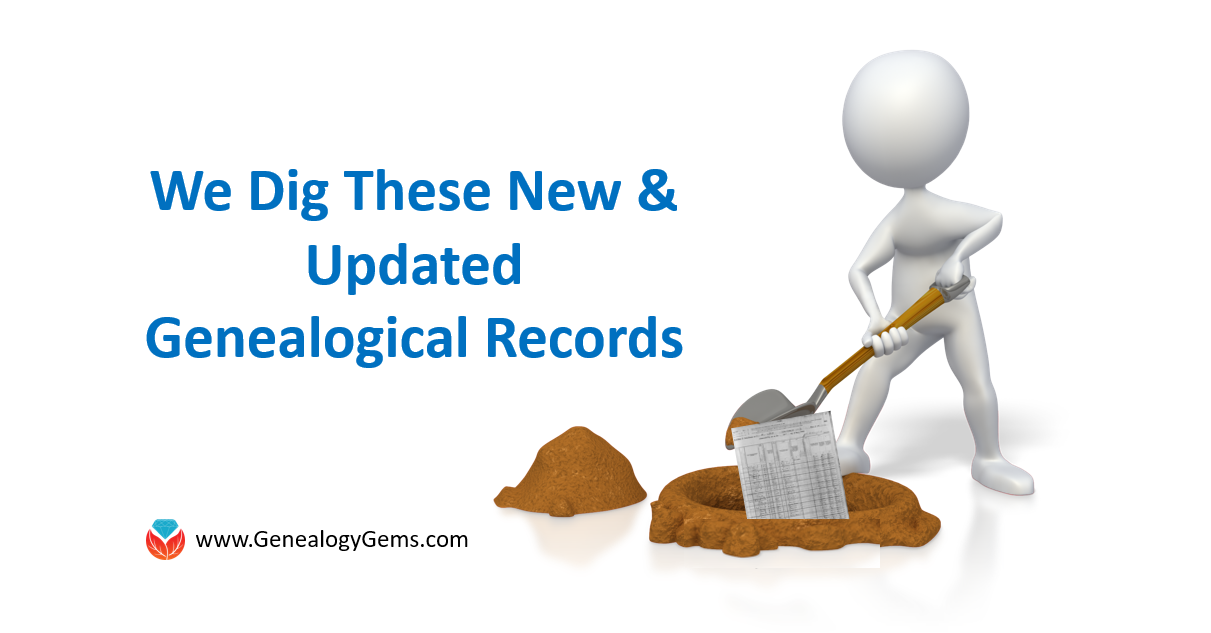
Britain – Military – Disbanded Irish Regiments
The National Army Museum has recently made the enlistment books of the five disbanded Irish regiments available online. This collection allows users to find information on soliders serving in these regiments during 1920-1922.
After the creation of the Irish Free State in 1922, the five regiments of the British Army recruited in southern Ireland – the Royal Irish Regiment, the Connaught Rangers, the Leinster Regiment, the Royal Munster Fusiliers and the Royal Dublin Fusiliers – were disbanded.
These books have now been digitized and for the first time, the records of nearly 12,000 soldiers can be searched online – by unit, place of birth, place of attestation, and year of attestation.
Researchers can see the original scans of each soldier’s entry and may find the recruit’s age and trade on enlistment, names of his next of kin, date of marriage, and the birth date of any children.
The entries also include his address and his rank and character upon discharge.
Britain – Military – Service Records
Over 4,000 records of personnel files and enlistment registers pertaining to the Scots Guards have been added to the British Army Service Records – Scots Guards 1799-1939 at Findmypast. The Scots Guards were one of the Foot Guard regiments of the British Army. They were originally formed to be the personal bodyguards of King Charles I of England and Scotland.
Each record includes a transcript and most include several black and white images of the actual records. The detail within each record may vary, but likely include:
- First and last name
- Birth year and birth place
- Service number (i.e. regimental number)
- Rank, Regiment, and Unit/Battalion
- Residence
England – Cornwall – Church Records
This week at FamilySearch, more records have been added to the England, Cornwall Parish Registers, 1538-2010 collection. This collection contains church records from the counties of Devon and Cornwall, covering the years of 1538-2010. The collection also includes some material for nonconformist chapels which were filmed at the Cornwall Record Office at the time of filming Church of England registers. There are also some typed transcripts of Society of Friends marriages included for certain areas of the county.
Minister’s recorded all the baptisms (officially termed “christenings”), marriages, and burials which took place in his parish each year. These records are wonderful substitutes when the civil records can not be located.
The amount of information found on these christenings, marriages, and burials will vary over time, however, you might expect to find:
- Names and ages of the recorded person
- Parent’s names and residences
- Witnesses names and information
England – Warwickshire – Church Records
Also at FamilySearch, new records have been added to the collection titled England, Warwickshire, Parish Registers, 1535-1984. This collection contains baptismal, banns, marriage, and burial records. Banns and marriage record entries appearing together are the most common in this collection. Approximately half the records in this collection are after 1837 entries, and less than twenty percent are pre-1753.
Australia – Queensland – Funeral Notices
Also at Findmypast, a new collection titled Queensland, Mackay, Funeral notices and funeral director records is now available. In this collection, you will find over 44,000 transcripts of records kept by the local firms Melrose & Fenwick and Mackay Funerals, as well as other funeral notices published in the Daily Mercury. Some of these funeral record indexes may provide your ancestor’s age at death and funeral date. The notices posted in the Daily Mercury cover the years of 1955-2012. These notices may also contain the birth year, burial date, and place of the deceased. These records may be particularly helpful if you have been unable to find a death record for your targeted ancestor.
New Zealand – Passenger Lists
New Zealand, Archives New Zealand, Passenger Lists, 1839-1973 is a helpful collection you will find at FamilySearch. This collection contains immigrant registers from New Zealand, covering the years of 1839 to 1973. The collection contains primarily New Zealand immigration passenger lists, although crew lists make up a significant portion as well. Approximately ten percent of the collection is a mixture of other travel-related documents, including goods manifests.
Some of these record images may be difficult to make out due to ink bleeding through or poor handwriting.
If you are able to find your ancestor listed on one of these passenger lists, you may also find the following information:
- Full name of each passenger
- Adult or child
- Male or female
- Country of emigration
- Port of entry and date of arrival
- Estimated age
- Occupation
- Total cost of passage and how paid
- Name of ship and port of embarkation
United States – Pennsylvania – Baptisms, Burials, & Marriages
Pennsylvania baptisms 1709-1760 at Findmypast contain over 4,500 transcripts of original baptismal records kept by Christ Church in Philadelphia. Each record will likely list a name, birth year, baptism date and location, and the names of both parents, including the mother’s maiden name. Rembmer, baptismal records are a great substitute for a birth record.
If Pennsylvania is your targeted research area, you might also be interested in the collection titled Pennsylvania burials 1816-1849. This group of transcripts number over 1,000 and are the transcripts of the original death records from Susquehanna County. Most records will contain your ancestors name, date of death, and place of burial. They may also include important biographical details such as birth years, occupation, residence, names of parents, and name of spouse.
Lastly, over 17,000 new marriage records for Pennsylvania have been added to the United States Marriages at Findmypast. The entire collection now contains over 140 million records. Each record includes a transcript and an image of the original document that lists the marriage date, the names of the bride and groom, birthplace, birth date, age, residence as well as fathers’ and mothers’ names.
Ireland – Newspapers
Two new titles have been added to the over 177,000 articles in the Irish Newspapers collections at Findmypast. The Tyrone Courier and the Mayo Constitution, are now availabe to search. You will be amazed at the wonderful detail found when using newspapers for genealogy!
More Gems on Military Research
Check out the following helpful articles from our Genealogy Gems blog:
- Research WWII Ancestors in Three Easy Steps
- 3 Tips for Finding WWI Ancestors and Their Stories
- Digitized War of 1812 Pension Files on Fold3
Disclosure: This article contains affiliate links and Genealogy Gems will be compensated if you make a purchase after clicking on these links (at no additional cost to you). Thank you for supporting Genealogy Gems!

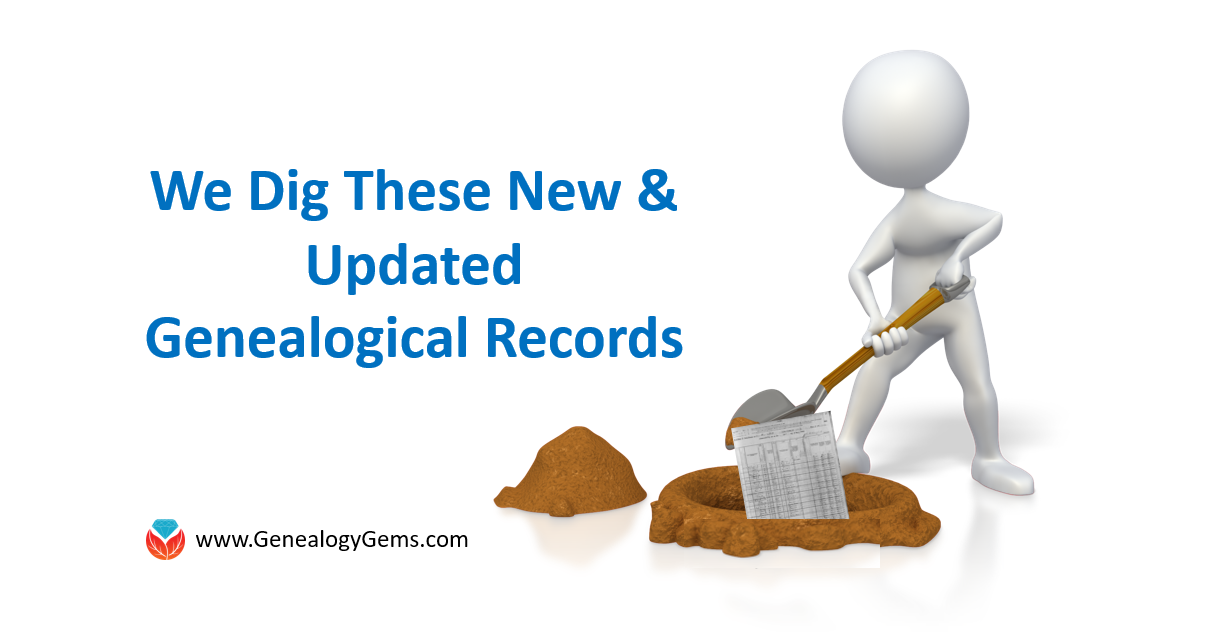
 0-1912
0-1912
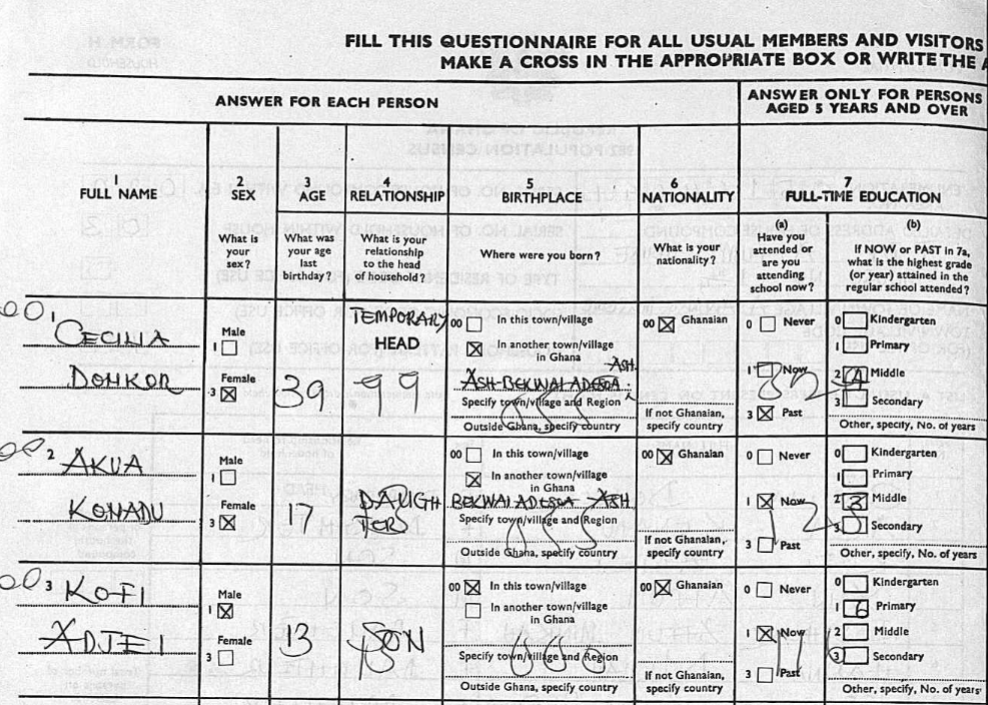 the house
the house